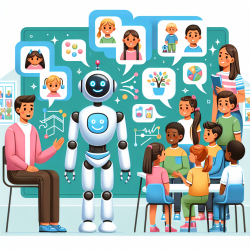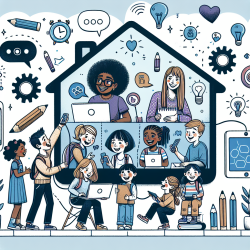In recent years, the integration of technology in educational and therapeutic settings has opened new avenues for enhancing child outcomes. A fascinating study titled Robot-Mediated Interviews - How Effective Is a Humanoid Robot as a Tool for Interviewing Young Children? explores the potential of using humanoid robots for interviewing children. This blog will summarize the key findings and suggest ways practitioners can implement these insights to improve their practice.
Study Overview
The study involved 21 children aged 7 to 9, each participating in two interviews: one with a human and one with a humanoid robot named KASPAR. The aim was to evaluate the differences in children's responses to human and robot interviewers.
Key Findings
- Children interacted with the robot similarly to how they interacted with a human interviewer.
- There was no significant difference in the amount of information disclosed to the robot compared to the human interviewer.
- Children showed more eye gaze towards the robot, indicating a high level of engagement.
Implications for Practitioners
The findings suggest that humanoid robots like KASPAR can be effective tools for interviewing children. Here are some practical ways to implement these insights:
- Enhanced Engagement: Use robots to maintain high levels of child engagement during interviews.
- Consistency: Robots can provide consistent responses and maintain composure, which is crucial in sensitive interviews.
- Novelty Factor: Leverage the novelty of robots to make interviews more enjoyable for children, potentially leading to better outcomes.
Encouraging Further Research
While the study provides promising results, further research is needed to explore long-term effects and applications in different contexts, such as medical or social services. Practitioners are encouraged to participate in or conduct further research to validate these findings and explore new possibilities.
To read the original research paper, please follow this link: Robot-Mediated Interviews - How Effective Is a Humanoid Robot as a Tool for Interviewing Young Children?










